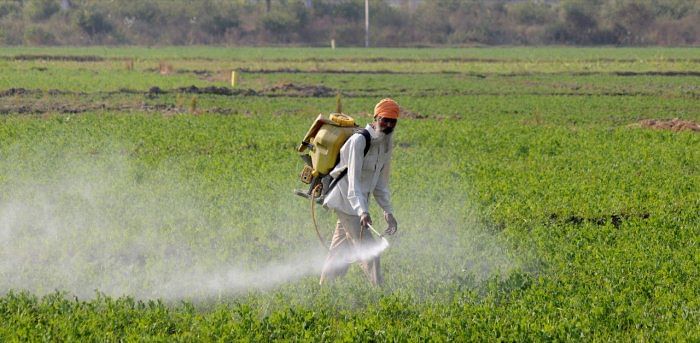
Over 86% of PM-KISAN beneficiaries in Karnataka belong to Other Backward Classes while Telangana has none from such communities. Among states other than those from the north-east, Karnataka has the least number of beneficiaries for the scheme from the general category.
Punjab has just 22 beneficiaries from the Scheduled Castes despite Dalits accounting for 31% of the population while the Union Territories of Ladakh and Lakshadweep do not have a single Dalit beneficiary.
This information is gleaned out from an RTI response received by transparency activist Venkatesh Nayak, which also reveals that only 24.25% (2.46 crore) of the 10.16 crore beneficiaries are women.
It also shows that around 1.47 crore beneficiaries out of the total were added to the list across the country during the Covid-19 pandemic in the past six months.
Launched in February last year, the PM-KISAN scheme, an income support scheme, provides farmers Rs 6,000 per annum in three instalments. Initially, it was meant for small and marginal farmers but now its scope has been expanded to all farmers, numbering around 14 crore.
The RTI showed that 41.51% or 4.22 crore beneficiaries belonged to the OBCs while 11.96% or 1.21 crore belonged to the Scheduled Casts and 9.89% (one crore) belonged to the Scheduled Tribes. The rest 3.72 crore or 36.64% belonged to the general category.
Among the OBCs, Uttar Pradesh had the highest number -- 1.33 crore or 57.46% of 2.32 crore beneficiaries followed by Karnataka with 45.08 lakh.
Karnataka, however, has the highest proportion of OBC beneficiaries compared to total beneficiaries in the state -- as 86.05% of the 52.38 lakh beneficiaries belonged to the OBCs. The southern state has 4.44 lakh (8.49%) Dalit beneficiaries and 2.68 lakh tribal beneficiaries.
However, the beneficiaries from the general category stand at 17,732 or 0.34% of the total beneficiaries.
Other than Karnataka and UP, there are nine other states -- Maharashtra, Madhya Pradesh, Rajasthan, Tamil Nadu, Bihar, Andhra Pradesh, Gujarat, Odisha and Chhattisgarh --that have more than 10 lakh beneficiaries each from the OBC category. OBCs account for the single largest segment of beneficiaries in Rajasthan (48.74%), Andhra Pradesh (45.93%), Madhya Pradesh (45.48%), Chhattisgarh (42.03%) and Odisha (41.51%).
Interestingly, Telangana has listed 87 communities, including four belonging to the Islamic faith, among the OBCs but it does not have a single beneficiary, which Nayak says requires "deeper probing". Kerala, which has 33.46 lakh beneficiaries, also has a very low proportion of OBCs in the list – 2,220 beneficiaries or 0.07%.
When it comes to Scheduled Castes, Uttar Pradesh has the largest number of beneficiaries at 43.94 lakh followed by Rajasthan (9.73 lakh), Madhya Pradesh (9.50 lakh), Bihar (8.23 lakh) and Maharashtra (7.19 lakh).
Madhya Pradesh accounted for the largest number of PM-KISAN beneficiaries belonging to Scheduled Tribes (16.52 lakh) followed by Odisha (10.57 lakh), Gujarat (9.59 lakh), Rajasthan (8.61 lakh), Chhattisgarh (8.16 lakh) and Maharashtra (7.03 lakh).
In the general category, Uttar Pradesh stood on top of the list with 52.65 lakh followed by Maharashtra (51.07 lakh), Bihar (35.53 lakh), Kerala (31.01 lakh), Telangana (26.94 lakh) and Gujarat (21.99 lakh).
